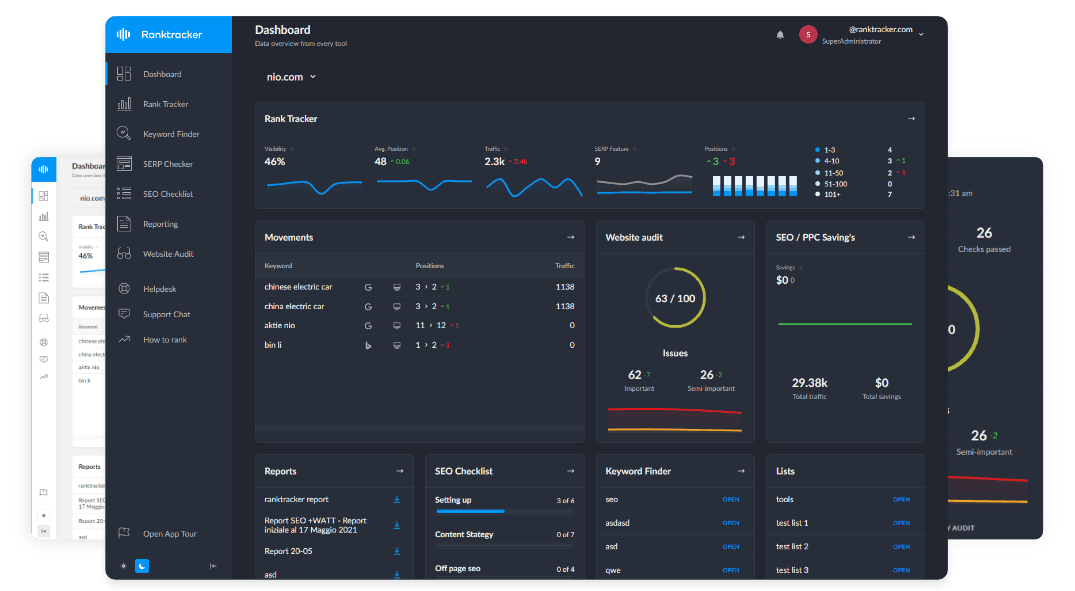Intro
Video ads are a powerful way to reach an audience, whether you’re promoting a new product, launching a service, or simply raising brand awareness. However, before diving into video advertising, it’s important to understand the costs associated with it. Video advertising can be a fantastic investment, but how much it will cost depends on several factors. Let's break down these key elements and help you get a clearer picture of what you’re working with.
1. Platform and Ad Format
The platform where your video ad will be displayed plays a significant role in determining its cost. Platforms like YouTube, Facebook, and Instagram each have their pricing models. For example, advertising on YouTube can vary greatly depending on whether you’re running ads on videos, the homepage, or within YouTube search results.
Additionally, the ad format you choose will impact the price. There are various types of video ads to choose from:
-
Skippable ads: These are the most common YouTube video ads, where viewers can skip the ad after a few seconds. Since these ads offer viewers the option to skip, they tend to be cheaper.
-
Non-skippable ads: These must be watched entirely before the video content starts. Because of their higher engagement potential, they tend to cost more.
-
Bumper ads: These are very short ads (usually 6 seconds) that can’t be skipped. They’re cheaper, but since they are brief, they may not always deliver a detailed message.
-
Overlay ads: These appear as banners on top of a video. They tend to be more affordable than video ads, but they can be less engaging.
Each ad format has its advantages, but choosing the right one for your goals will affect how much you end up paying.
2. Targeting Options
When advertising on video platforms, you have a wealth of targeting options available. These include:
-
Demographic targeting: Age, gender, income level, education, etc.
-
Geographic targeting: You can target ads based on country, region, or even specific cities.
-
Interest-based targeting: Platforms like YouTube allow you to target people based on their interests, viewing history, and activities.
-
Device targeting: You can choose to target people based on the devices they use, such as mobile phones, tablets, or desktops.
The more precise your targeting is, the higher the cost can be. Targeting a broad audience typically costs less because the ad is shown to more people, but focusing on a specific audience can be more expensive, especially if that audience is highly desirable for your business.
3. Competition in Your Industry
The level of competition in your industry also affects video ad costs. In industries where competition for consumer attention is fierce (like tech, beauty, or e-commerce), ad costs can be higher. This happens because multiple brands are bidding for the same audience and keywords. Higher competition means higher demand, which in turn raises the price.
If you're in a more niche market with less competition, you might find video ad costs to be much more affordable. However, keep in mind that while lower competition might lead to cheaper ads, it also means your audience might be smaller.
4. Ad Length and Quality
In most cases, the longer your video ad is, the more it will cost. This is especially true for non-skippable ads, where you are essentially paying for each second the viewer watches. Longer ads typically demand higher production costs as well, as they require more resources, time, and creativity to create engaging content.
Another consideration is the quality of your video. High-quality videos that are well produced tend to perform better, meaning they are more likely to achieve better results with the same ad spend. If your video looks professional and engages the audience, you’re likely to get better returns on your investment. However, if your video is poorly made, viewers may quickly skip or ignore it, making it less effective and ultimately more expensive.
5. Bidding Strategy
On platforms like YouTube, the way you bid for ad space also influences your costs. The two most common bidding strategies are:
-
CPV (Cost Per View): With this strategy, you pay each time someone views your ad, typically after watching for at least 30 seconds (or the entire ad, if it’s shorter). If your ad is skippable, you’ll only pay if the viewer watches for a certain amount of time.
-
CPC (Cost Per Click): If your goal is to drive traffic to your website, you might use CPC. You only pay when a viewer clicks on your ad.
Choosing the right bidding strategy for your campaign’s objectives is crucial. For example, if you’re looking for brand awareness, CPV may be better, while CPC is ideal for campaigns that focus on getting clicks.
6. Seasonality
Like many forms of advertising, video ad prices fluctuate depending on the time of year. For example, costs tend to rise during peak seasons like the holidays or during big events like the Super Bowl. Advertisers are all vying for attention during these times, driving up costs. However, running ads during off-peak times can often mean lower costs, though it might also come with a smaller audience.
7. Video Ad Performance
Finally, the performance of your video ad also plays a role in determining its cost. Video ads that attract more viewers, generate more clicks, or receive positive feedback (such as likes and shares) tend to perform better in the auction system that most platforms use. These ads are considered more relevant to viewers, so the platform may reward you with lower costs for showing the ad. Conversely, ads that are skipped frequently or get negative feedback might be penalized with higher costs.
Using Tools to Estimate Your Costs
Understanding all these factors can be a bit overwhelming, but fortunately, there are tools that can help. YouTube pricing calculator tools, like the one offered by Gleemo, allow you to estimate how much you’ll need to budget for your campaign based on the parameters you set. By adjusting your targeting, ad format, and budget, you can get a more accurate picture of what to expect.
Conclusion
Video advertising can be a cost-effective way to reach your audience, but the costs can vary depending on multiple factors. From the platform and ad format to competition in your industry and the bidding strategy you choose, every decision you make will affect the final price. By understanding these factors and using tools like a YouTube pricing calculator, you can make informed decisions and get the best value for your ad spend.

